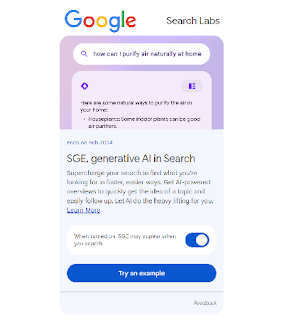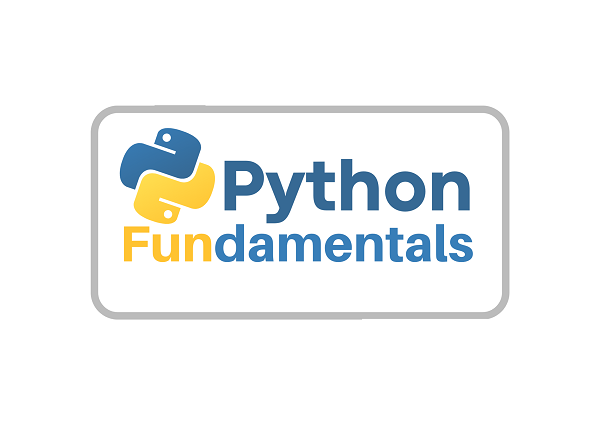Prompt Engineering: Let's Communicate with Computers
Discover how prompt engineering is changing the way we communicate with computers and how it can benefit your career and business.
Have you ever interacted with a chatbot or a virtual assistant and been amazed at how easily it understood your query and provided an appropriate response?
Well, you can thank prompt engineering for that!
Prompt engineering is an essential aspect of developing conversational agents that can understand human language and provide relevant responses.
In
this article, we will explore what prompt engineering is, why it's crucial, and
how it's changing the way we communicate with computers.
What is Prompt Engineering?
Prompt engineering is the process of designing
natural language prompts that can accurately convey the user's intent to a
conversational agent. In simpler terms, it's creating prompts that help
computers understand what humans are saying. A prompt can be a question, a
statement, or any other input that elicits a response from a chatbot or virtual
assistant. These prompts can be designed using various techniques, including
machine learning, rule-based systems, and natural language processing.
Why is Prompt Engineering
Important?
Prompt engineering is critical for developing
conversational agents that can accurately understand and respond to users'
queries. Without prompt engineering, chatbots and virtual assistants would
struggle to understand what the user is asking for, leading to irrelevant
responses and a poor user experience. By designing effective prompts,
developers can ensure that their conversational agents can quickly and
accurately understand the user's intent, leading to a more natural and seamless
conversation.
Key Elements of a Good Prompt
Designing an effective prompt requires
considering several key elements.
Here are some essential factors to keep in mind
when crafting prompts for conversational agents:
1. Clarity:
A good prompt should be clear and easy to understand. Avoid using technical
jargon or complex sentence structures that may confuse the user.
Example of a Good prompt - "What can I help
you with today?"
2. Relevance:
A prompt should be relevant to the user's query and the context of the
conversation. Avoid generic prompts that do not address the user's specific
needs.
Example of a Good prompt - "What type of
product are you interested in?" Example of a Bad prompt - "Tell me more
about your preferences."
3. Specificity:
A prompt should be specific and focused on the user's query. Avoid vague
prompts that may lead to misunderstandings.
Example of a Bad prompt - "What would you
like to order?" Example of a Good prompt - "Would you like to order a
pizza or a sandwich?"
4. Open-Endedness:
A prompt should be open-ended to encourage the user to provide more
information. Avoid closed-ended prompts that limit the user's responses.
Example of a Bad prompt - "What is your
preferred modality of transportation?" Example of a Good prompt - "How
would you like to travel to your destination?"
5. Unbiasedness:
A prompt should be neutral and unbiased. Avoid prompts that may suggest a
particular preference or bias.
Example of a Bad prompt - "Do you like our
product?" Example of a Good prompt - "What are your thoughts on our
product?"
The Future of Prompt Engineering
The development of conversational agents is
rapidly advancing, with the adoption of natural language processing and machine
learning techniques. Prompt engineering is expected to play a vital role in
improving the accuracy and efficiency of conversational agents. As
conversational agents become more prevalent in our daily lives, prompt
engineering will continue to evolve, leading to more natural and seamless
conversations between humans and machines.
Call to Action
Prompt engineering is a vital aspect of
developing conversational agents that can understand human language and provide
relevant responses. Whether you are a developer working on conversational
agents or a business owner looking to improve your customer service, understanding
prompt engineering can help you create better conversational experiences. So,
if you're interested in creating conversational agents that can communicate
effectively with humans, start exploring prompt engineering today!
Conclusion
Prompt engineering is an essential aspect of
developing conversational agents that can understand and respond to human
language. With the growing demand for chatbots and virtual assistants, prompt
engineering is becoming increasingly important in the field of artificial
intelligence.
In conclusion, prompt engineering plays a
crucial role in creating conversational agents that can effectively communicate
with humans. A good prompt is clear, concise, and relevant to the user's needs,
and is designed to elicit a specific response from the user. By following the
key factors of a good prompt and avoiding common mistakes, developers can
create conversational agents that are engaging, efficient, and user-friendly.
As the field of artificial intelligence
continues to evolve, prompt engineering will undoubtedly continue to play a
critical role in developing conversational agents that can effectively
communicate with humans. With advancements in natural language processing and
machine learning, the possibilities for prompt engineering are endless, and we
can expect to see more innovative and sophisticated conversational agents in
the future.





Comments
Post a Comment